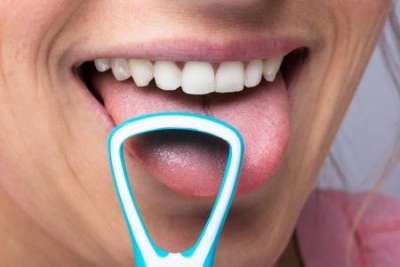
Struggling with bad breath? You’re not alone.
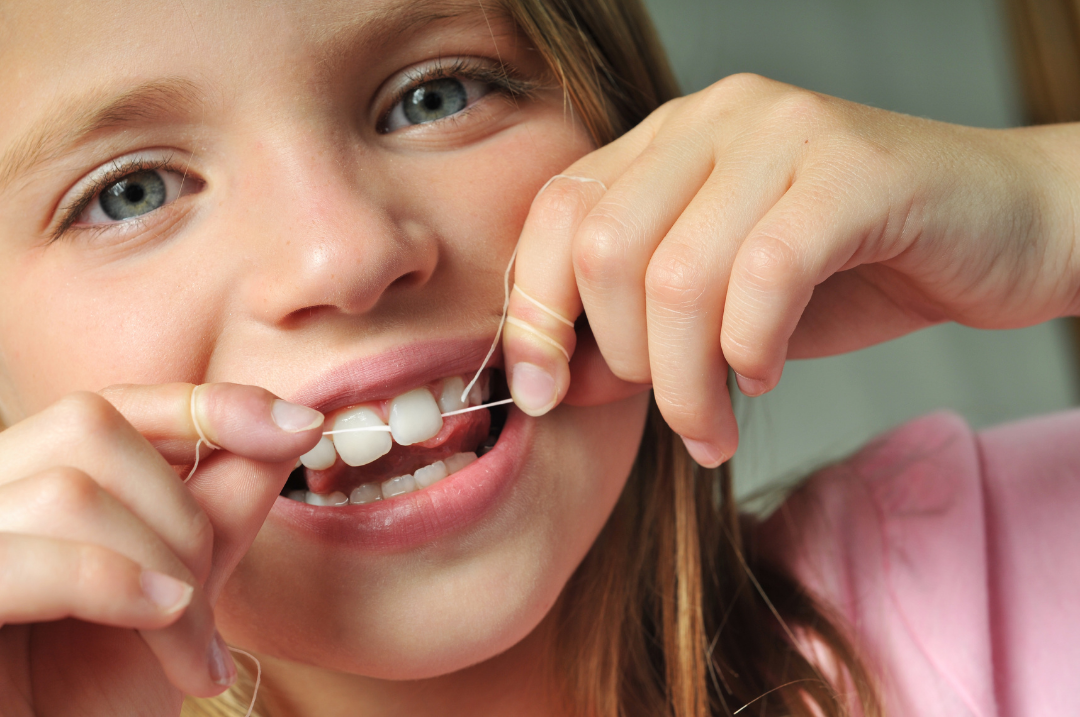
Do you brush twice a day, use a mouthwash, and still struggle with bad breath or surprise cavities?
If so, the problem may be caused by inconsistent flossing. Most people skip flossing and those who do floss, often don’t do it right, leaving behind plaque and food debris.
The good news? Flossing properly takes just a couple of minutes a day and can make a big difference.
Read on to find out common flossing mistakes, the right technique and the best tools to keep your pearly whites and gums in top shape.
Flossing isn’t just about sliding a string between your teeth, it requires the right technique to be effective.
Common mistakes people make when flossing:
The most common example is flossing too aggressively, wherein the floss snaps into your gums and causes bleeding and irritation.
Flossing can be a time-consuming, inconvenient exercise for some, especially for those with braces or other dental work like bridges or implants, resulting in other common mistakes like skipping the back of your teeth and reusing the same section of the floss. However, alternate methods of flossing can help navigate these barriers.
If any of these situations ring a bell, you’ll now discover why flossing is non-negotiable for a healthy, bright smile and what might turn out to be the best floss for you.
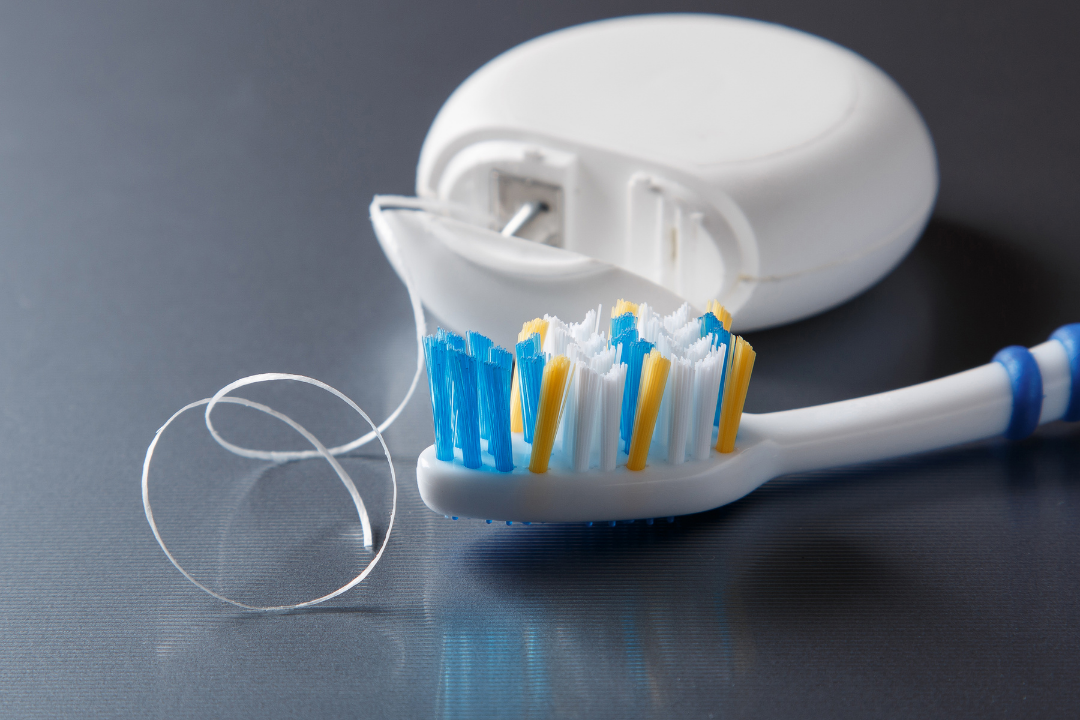
The truth is – our toothbrush merely scrubs the surface of our teeth, meaning the smaller areas between our teeth and below the gum line are left uncleaned.
If you’re not flossing correctly, you’re allowing bacteria to flourish, which can cause trouble for your oral health later on.
Plaque builds up over time creating a soft, sticky film made of bacteria mainly found on the teeth’s surface. If plaque is not removed, it can harden to form tartar. At this point, tartar removal is only possible by a dentist. We recommend professional teeth scaling and cleaning once or twice a year.
Ultimately, daily flossing helps prevent:
The Australian Dental Association (ADA) recommends that adults and children floss at least once a day as part of a good oral health routine.
If you are bleeding when you floss, continue to floss daily. If your gums persist in bleeding despite having a daily flossing routine, consult with your dentist to ensure that there are no underlying concerns.
Discovering the right floss that is most suitable for you can matter more than you might think. The type of flossing you do depends on your dental needs, especially when you have tight spaces between teeth bridgework or braces.
Waxed floss has a thin layer of wax, which helps it slide between teeth easily. It’s a great option for those with narrow gaps between their teeth, lessening the risk of fraying or breaking. The wax covering does make it a little bit thicker, so this could pose a challenge to those with crowded teeth.
Unwaxed floss, in contrast, consists of dozens of fine strands. Since it doesn’t have a wax coating, it’s thinner and easier to slide into tight spaces. However, there is a tendency to split if the teeth are packed too tightly together.
If the standard method of flossing doesn’t appeal to you, there are alternative ways to keep your teeth clean such as:
| Floss Type | What It Does | Best For |
| Dental Tape | Broader and flatter than regular floss. Its thickness resists shredding and breaking. Available in waxed and unwaxed options. | People with widely spaced teeth or bridgework. |
| Super Floss | A thicker, yarn-like floss designed for people with braces, bridges, or dental implants. Features stiffer ends to help insert between teeth and clean around orthodontic work. | Individuals with braces, bridges, or dental implants. |
| PTFE Floss (Teflon Floss) | PTFE floss is smooth, shred-resistant, and glides easily between teeth. | People with tightly spaced teeth or who experience fraying with regular floss. |
| Biodegradable & Natural Floss | An eco-friendly alternative to traditional floss, made from plant-based or vegan materials for those concerned about environmental impact. | Eco-conscious individuals looking for sustainable oral care options. |
If traditional flossing is challenging, consider flossing aids like floss picks, electric flossers, or water flossers.
| Flossing Aid | How Can It Help You | Best For |
| Floss Picks | Convenient and easy to use on the go but may not reach below the gumline as effectively as regular floss. | People who prefer quick and easy flossing, but may need extra care for gum health. |
| Electric Flossers | Helps remove plaque with minimal effort, making it ideal for those with dexterity issues. | Individuals with limited dexterity, arthritis, or those who want a hands-free approach. |
| Water Flossers | Uses a stream of water to flush out debris between teeth and along the gumline. | People with braces, dental implants, or difficulty using traditional floss. |
The best floss for you depends on your unique dental needs. From teeth that are closely spaced, to braces, there’s something for everyone in the floss department to help make this step easier and more effective.
Mastering the right technique is key to effective flossing. By flossing daily, you can prevent gum disease, cavities, and bad breath, keeping your smile healthy and fresh.
Follow these simple steps to ensure you’re flossing properly and getting the most out of your oral care routine.
| Steps | How To Do It | |
| 1. | Use the right length | Cut about 45 cm of floss to ensure you have a fresh section for each tooth. |
| 2. | Wrap around fingers | Secure the floss around your middle fingers, leaving a few centimetres to work with. |
| 3. | Glide between teeth | Gently move the floss back and forth, avoiding snapping it against the gums. |
| 4. | Curve around the tooth | Form a C-shape around each tooth and slide the floss below the gumline. |
| 5. | Repeat for each tooth | Use a clean section for each tooth to prevent transferring bacteria. |
| 6. | Dispose properly | Discard used floss and rinse your mouth to remove loosened debris. |
With these proper flossing steps, you’ll be on your way to achieving great oral hygiene. It only takes a few minutes but goes a long way in keeping your teeth and gums in top condition.
Just be careful to floss gently and regularly, and ask your dentist for tips if you’re not sure how. Your smile will thank you!
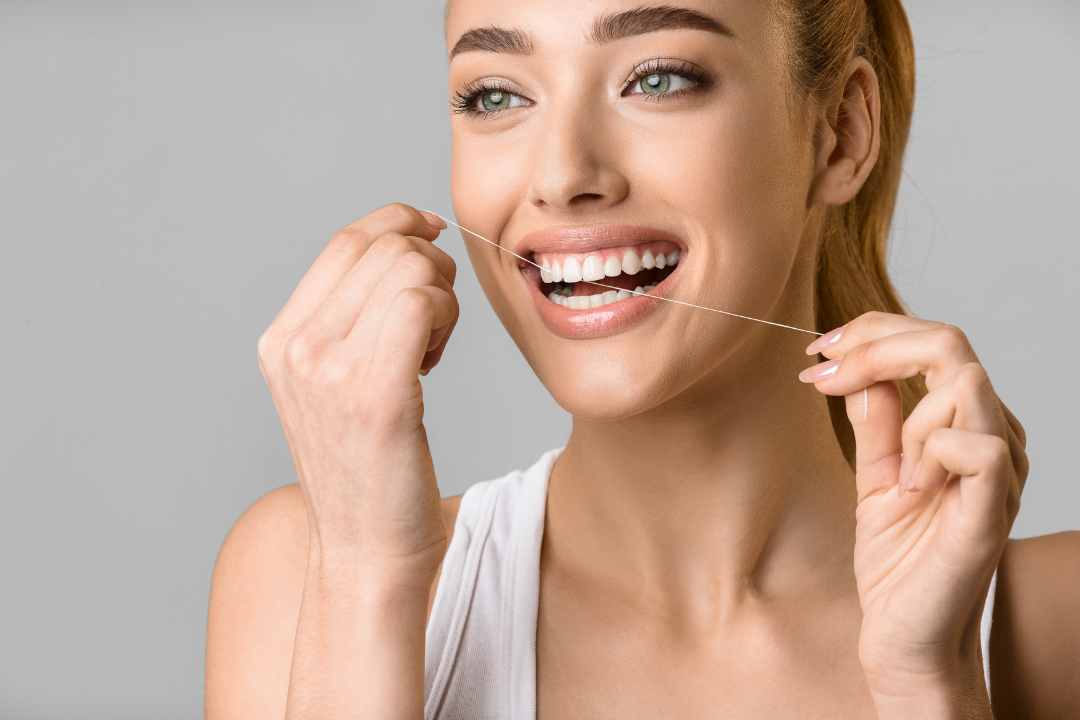
This is one of the most hotly debated flossing questions. Some experts say you should floss before you brush, so the plaque can be loosened and the fluoride from your toothpaste can get in between teeth. Some people like to floss after brushing to clean up any remaining food particles.
The most important thing? Floss once a day whenever it fits into your routine.

Floss as soon as your child’s teeth start to touch. Teaching good flossing techniques from a young age helps develop healthy dental habits for life. To improve the experience, consider kid-friendly floss or flavoured floss picks. Monitor them until they can properly floss on their own.
As we age, clearing away plaque between the teeth can become difficult to manage, particularly for those with arthritis or limited dexterity. Floss holders, water flossers and interdental brushes are easier options for older adults to clean those hard-to-reach areas.
One easy yet essential oral hygiene practice is to floss your teeth to keep them healthy. Regular flossing reduces plaque and decreases the risk of cavities, gum disease, and bad breath.
Whether you favour floss, floss picks or water flossers, the key is to be consistent and do what fits your lifestyle.
Still unsure about your flossing technique or need guidance on the right tools? Get in touch and book an appointment with one of our experts to assess your flossing routine and level up your oral hygiene.
Author Summary – Dr Chitra Rao

Dr. Chitra Rao has over a decade of experience in dentistry, specifically in the field of cosmetic and orthodontic treatments. Dedicated to achieving optimal results, she takes a detailed and personalised approach to creating beautiful, confident smiles for her patients. Outside of dentistry, Dr. Chitra enjoys staying active, traveling, and spending time with her family.

Struggling with bad breath? You’re not alone.
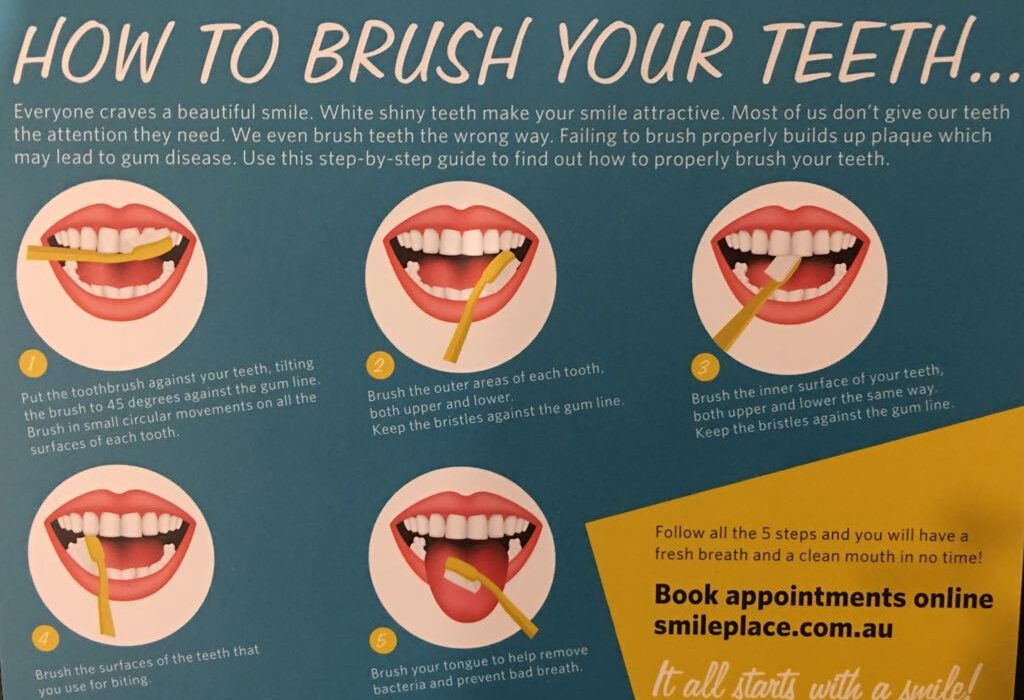
Keep it clean, keep it bright with these simple tips.

Have you sipped a cup of coffee after a teeth whitening session and wondered if it would undo the effects of your session? Or experienced that odd zing of sensitivity when consuming something too hot or cold? We get it. These are common post-teeth whitening experiences. With the right teeth whitening aftercare, you can achieve […]